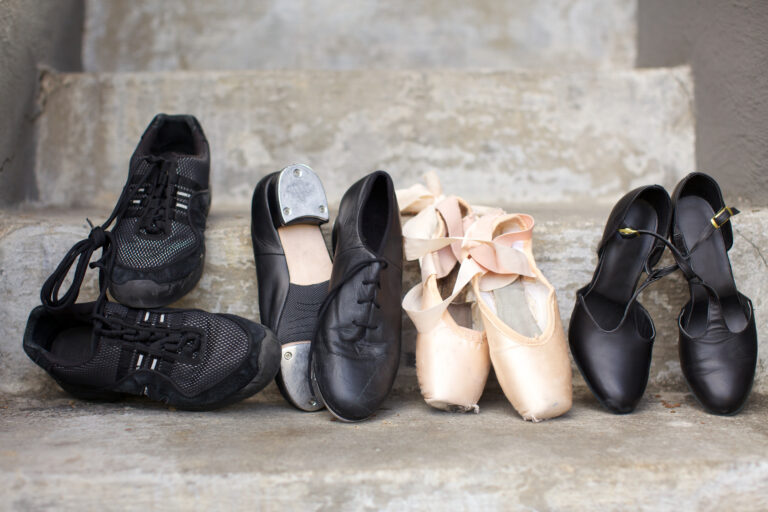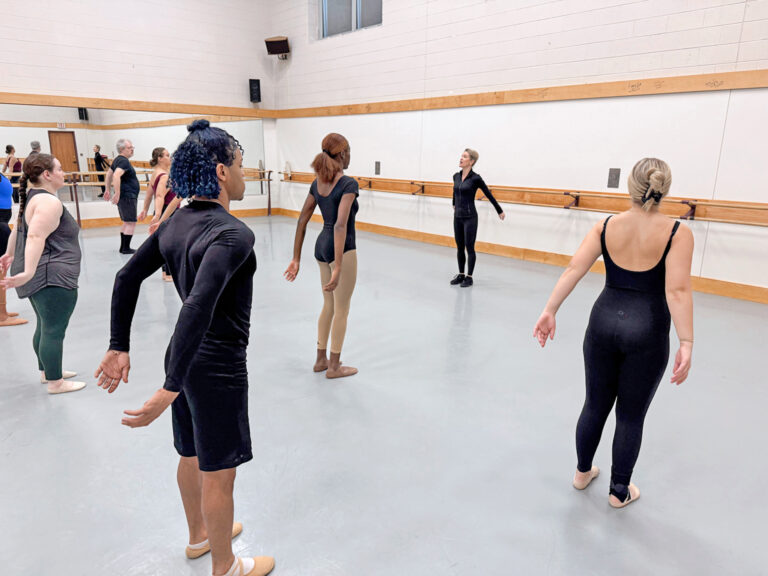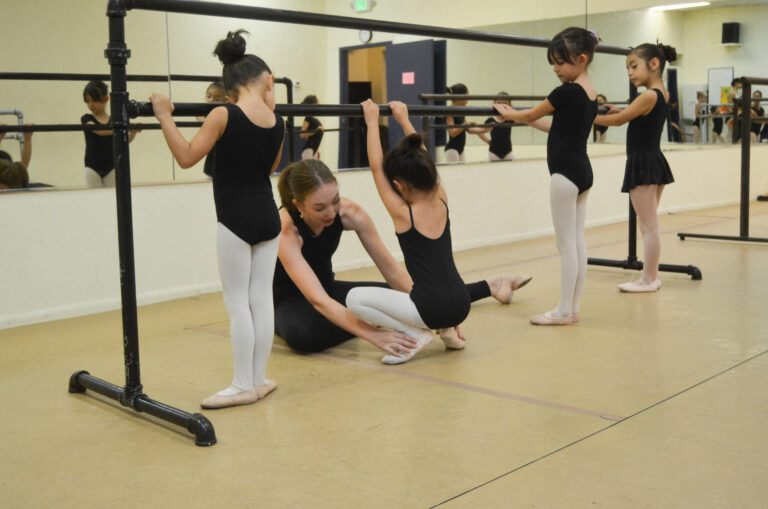
Whether it’s helping your students cope with anxiety caused by the pressures of our industry, unpacking your own anxiety caused by a lifetime in this industry or simply just managing the day-to-day stresses that come with teaching, you are dealing with a lot of stress, and we want to help.
Dance Teacher caught up with a Pacific Northwest Ballet School consulting psychologist Toby Diamond to get some professional advice on how to deal with anxiety. She gave a teacher’s seminar at PNB on this subject earlier this year.
Try out some of her tools, and see how they can benefit your health and the health of your students.
Teaching Tools for Helping Students Manage Anxiety
According to Diamond, the current breakdown of anxiety includes body dysmorphia, perfectionism, obsessive compulsive disorder and eating disorders, which, of course, are all major concerns for dancers. While everyone will deal with some level of anxiety in their lifetime, the pressures of dance training can really exacerbate it. “Ballet in particular can reinforce these feelings in dancers,” says Diamond, “It’s so precise that it can drive students to focus on perfection rather than artistry.”
Diamond has three tips for teachers looking to combat stress and perfectionism in their students.
1. Begin class with meditation.
Diamond recommends teachers begin class with a moment of meditation to help their students prepare for new learning in a positive way. She cites academic school teachers who have incorporated this into their curriculum, and the powerful impact it has on their students.
“This practice will reduce stress in your students,” Diamond says. “There are a variety of meditations that you can do, but even just taking two minutes at the beginning of class to have your students stand at the barre, close their eyes and breathe can be helpful in getting them to leave their stress and anxiety at the door.”
According to Diamond, as the dancers are able to leave their stresses at the door, class can become a supportive experience rather than a negative one that has simply become part of their routine.
2. Talk to students about the value of risk taking.
“Many dancers have excellent technique, but they fail at taking risks,” Diamond says. “That will become a critical part of their career. Everyone has technique, but the performers who are hired are the ones who can break free, fall down, get back up and continue on. Teach your students to see mistakes as an opportunity to learn rather than a flaw in their abilities.”
As dancers are able to take risks and let go of perfectionism, it will not only benefit their mental health, but their performance as well. Communicate this to your dancers whenever it’s appropriate.
3. Measure how often you use negative reinforcement in class, and then correct yourself.
Diamond recommends you record yourself in class in order to see how often you use negative corrections in class. Pay attention to the times you say, “no,” “not this but that” or “that was wrong,” then adjust your language to something more positive. For example, rather than saying, “Can’t you jump higher?,” you might consider, “That was a great start. Now let’s try jumping a little higher.”
“There is such good research out there about the use of negative language and its effect on learning,” Diamond says. “It’s hard to eliminate, but it’s so important.”
On the flip side, Diamond discourages overpraising students to the point that your words no longer mean anything. She recommends telling students they had a good beginning, and then giving them their correction. Always encourage rather than criticize.
If you’re a studio owner, ask your teachers to do the same. “Dance teachers are very powerful,” Diamond says. “Many students will have the same teacher throughout their adolescence, and they will become a major role model in their life. I don’t know if teachers realize the lifelong impact their words will have on their students.”
Diamond recognizes that there are many teachers who were trained differently and will have a hard time adjusting their teaching styles, because they feel it was effective for them. In response, Diamond says that, while talented dancers can still rise to the top even with negative training, it’s not necessarily what has made them successful. The long-term ramifications it will have on their personalities and interpersonal relationships is much more powerful. She recommends studio owners and conservatory leadership address their entire body of teachers and ask them all to take on this mind-set.
Tools for Coping With Your Own Anxiety as a Teacher
As mentioned, the way teachers were trained can have a major impact on their mental health for the rest of their lives. Diamond recommends two different ways they can deal with this.
1. Journal.
Write down your past experiences and take an analytical look at them to see how they have impacted you. Getting things on paper can be very revealing.
2. Get professional help.
“If teachers find that stress and perfectionism are affecting their relationships outside of dance, or the way they’re raising their children, they should work with a good professional therapist or psychologist. Get a little guidance about how to listen to yourself and understand whether your standards are too rigid. Rigidity in your personal life can be a problem.”
Signs that you may be too rigid are that having dishes in the sink is a major problem for you, or you can’t handle getting a lower grade on a test.
“To see failure as life-altering is very dangerous. Dancers and teachers have a long life ahead of them, and it’s critical that they see mistakes as only little blips.”
#1 Tips for Managing Day-To-Day Stress
Beyond major anxiety, the daily stresses of life and teaching can wear you down. Diamond recommends healthily compartmentalizing your stresses so they don’t overtake your entire day.
“Manage stress by saving all your worrying for a specific time,” Diamond says. “If you find yourself obsessing during the day. stop yourself and save it for 6–6:20 pm. Then, at that specified time, go over all of your worries until they bore you. Over time you will become aware of the monotony of your worries, and they will begin to seem trivial. Be dedicated to this in the same way you are dedicated to your teaching, and you will see a difference.
Let us know in the comments what kinds of things you do to manage stress in your own lives! We can’t wait to see the ways you are making our industry happier and healthier.






